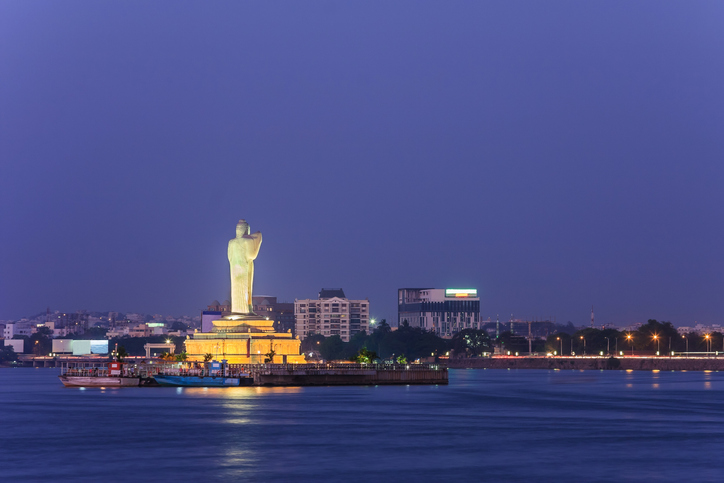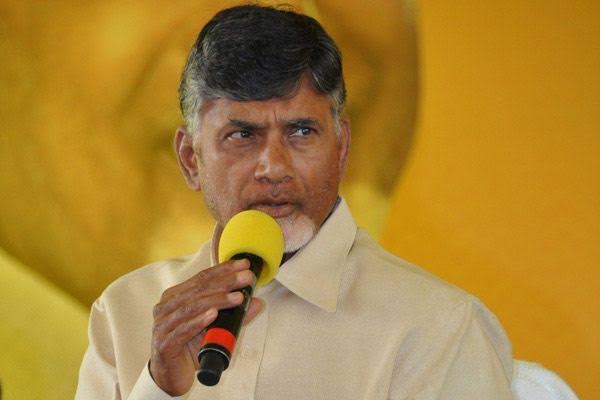
How Reddys, Kammas, Velamas made it to Hyderabad billionaires' list

A few days ago, addressing a Reddys’ gathering, Telangana PCC president A Revanth Reddy said every Reddy surname should own at least 5 to 10 acres of farmland. Stating that agricultural land was the source of political power and economic prosperity, he asked the youth not to lose sight of the fact that out of 16 chief ministers of combined Andhra Pradesh, 10 were land-owning Reddys.
“Land is the source of political power. The caste lost political power because Reddys started looking down on agriculture as unworthy. Political power is necessary for economic development too. So, own the land,” he urged.
It is unknown if Revanth had the IIFL Wealth Hurun India Rich List 2022 in his mind when he talked about land–politics–economic prosperity nexus, but he aptly summarized the report.
According to the list, of the top 10 billionaires from Hyderabad, six are Reddys, while two are from the Kamma caste. The remaining two are from Kshatriya and Velama castes. All four castes, Reddy, Kamma, Kshatriya, and Velama are primarily dominant agricultural communities in the Telugu states. There is no representation either from OBC or Dalits among the billionaires of the Hyderabad region.
Also read: India’s richest 1% own more than 40% of total wealth: Oxfam report
Are caste and political connections so necessary to become a successful entrepreneur in the Telugu states? It looks so.
What experts say
Sociologists Purendra Prasad and Raviteja Rambarki of Hyderabad Central University are emphatic that the land–caste–political power nexus played a key role in accumulation of wealth among these agricultural upper castes in the Hyderabad city region. Purendra and Rambarki have studied the paths of accumulation of wealth in the Hyderabad city region that comprises two Telugu states as part of the “Wealth Inequality and Elites in the Global South” project.
The trajectory of wealth accumulation that began in the 18th and 19th centuries in modern times with the harnessing of the Rivers Krishna and Godavari by construction projects clearly shows that it was the land-owning castes that availed the opportunities thrown up by every stage of economic and political evolution of the state. Irrigation projects, democratic governments, Green Revolution, economic reforms, globalized economy and the emergence of new political parties, among others, helped these castes accumulate wealth so much so that they now have come to occupy more space in the billionaires list in India.
Also Read: KCR’s 24-hour free power to farmers: Is it real or just a claim?
According to the study, although each region of the two states such as Rayalaseema, North Coastal Andhra, South Coastal Andhra, South Telangana, and North Telangana followed different trajectories, ultimately wealth accumulation boiled down to the land-owning uppers castes alone.
Each political regime in the Telugu states has fostered a particular caste and every regime was headed by a land-owning upper caste politician. The authors, while mapping the patterns and process of wealth accumulation in the Hyderabad city region, also unwittingly answered the question of why there were no billionaires among OBC and Dalits of the Telugu states.
How peasant castes accumulated wealth?
In the Telugu states, most of the agricultural land is owned by Reddys, Kammas, Rajus, Velama, and Kapus.
Until the 1930s, Kamma and Reddy landlords engaged in moneylending, trade, rice, and oil mills. The great depression, which diminished moneylending, forced them to choose as diverse areas as films, mining, ferroalloys, heavy engineering, and cement, among others, to create wealth.
During the 1970s, the post-Green Revolution period, the introduction of high-yielding varieties, agricultural inputs, and technology transformed the large and medium landowning upper caste farmers into “capitalist farmers”.
Also read: Andhra Pradesh: Will BJP’s strategy of allying with Pawan Kalyan pay off?
The land reforms of 1960 led to the conversion of rural wealth into industrial capital, while first-generation rural Andhra entrepreneurs took to construction, government contracts, and transport.
The investments started expanding to Hyderabad, which by that time acquired the moniker of world-class capital and had become the hub of pharma, IT and ITES, real estate, construction, and food-processing industries.
Political patronage of Kammas and Reddys
According to Purendra and Rambarki, the period between 1995 and 2014 marked the active promotion of neoliberal policies, first by Kamma Chief Minister Chandrababu Naidu (Telugu Desam Party) and later by Reddy Chief Minister YS Rajasekhar Reddy (Congress). “While the Naidu’s regime concentrated on the city-centred capitalist growth and largely the expansion of Kamma entrepreneurship with the support of foreign capital, Rajasekhar Reddy’s neoliberal populist schemes such as Arogya Sri, Fee-reimbursement and Jalayagnam, patronized the Reddy contractor-class entrepreneurs with the support of public finances,” the authors observed in their study.

The majority of the wealthy elites from the Telugu states emerged during the reform period (1995–2014), benefiting from neo-liberal policies, political patronage and nexus, caste, and regional networks. This period coincided with the rise of mostly Kamma and Reddy wealthy elites, to some extent others, in every sector of the economy.
The results of the study titled “Wealth Elites and Their Accumulation Dynamics: Hyderabad City Region” appeared as a working paper of the Southern Centre for Inequality Studies (SCIS), University of the Witwatersrand, South Africa in May 2023.
Vaishya vacuum
Using various sources, which include IIFL Wealth Hurun India, BSE website, CRISIL, CARE, and ICRA, they have compiled two sets of primary wealth owners (PWO) for a short survey (234 PWO) and a long survey (83 PWO) to study wealth accumulation on the lines of caste/Jati and region and how these PWO benefited from the economic liberalization, political patronage and nexus, caste, and regional networks. Curiously, all the PWOs came from the Reddy, Kamma, Velama, and Kshatriya castes alone.
The interesting finding of the study is the ‘Vaishya vacuum’ created by the absence of a trading community in the South unlike in the North, where Banias dominate commerce and industry. “This (vacuum) helped the peasant castes from the region to enter into trade beginning with rice and oil mills which they subsequently diversified into other sectors including money lending,” the study said.
Also read: Telangana: Congress claims govt machinery creating hurdles for people attending Rahul’s rally
The trend though began with ex-Zamindars, soon caught up with educated, professional, and entrepreneurs in peasant castes, who made it to the top, with active utilization of caste, kinship, and political networks. This was what reflected in the ‘IIFL Wealth Hurun India Rich List 2022’ and the message of Revanth’s speech to Reddys.
Arrival of KCR and Velama Capital
The creation of Telangana has resulted in fierce competition among the peasant upper castes to expand and diversify their businesses. The political change that took place in Telangana, with the advent of TRS (now BRS) as the ruling party following the division of Andhra Pradesh, led to the emergence of Velama capital. Velamas’ foray into real estate, the health industry, and infrastructure projects has led to competition with existing Reddy, Kamma, and other elites in the region.
Throughout this historical journey of capitalism in the Telugu states, the representation of Dalits and the OBCs, who are mostly landless and without the right political contacts, is minimal both in old and in new business sectors.
Stating that is not just the broader economic reforms that have always brought about the accumulation of wealth, the authors of the study argued, it is the regional political leadership from these castes that actively nurtured the business class.
This, they said, had heralded a shift from the political patronage of business to the business patronage of the political or political nexus with business.


